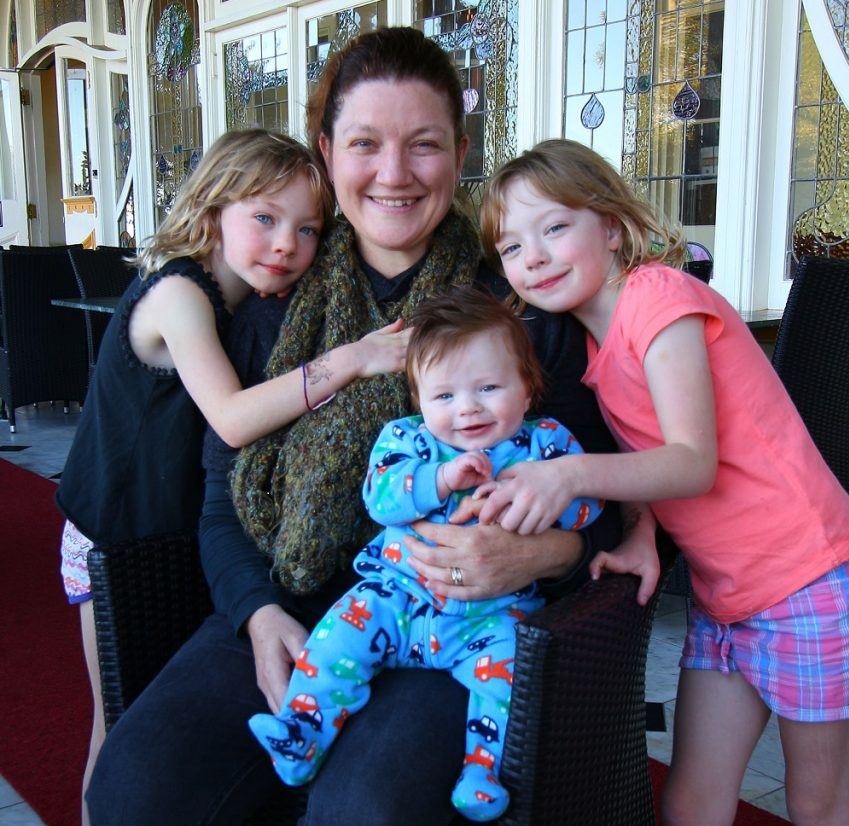By Sarah Smith, Accredited Practising Dietitian
FB Bayside Dietetics Instagram @baysidedietetics Twitter #BaysideDietetic
Last year I blogged about a really important nutrient for kids, calcium. Strangely, a calcium deficiency has no side effect – it leaves you feeling no different… until around 30 years later when it is noticed in a big way (check out my “Them Bones” Kiddipedia blog for further information). Conversely, there is another important nutrient that is absolutely noticeable when deficient in your kids – and that’s iron. Low iron levels will leave kids feeling flat and tired. Those symptoms were relevant to a recent client of mine, Maddi*, that came to see me last week. *Names changed
Maddi was brought by her Mum as she was so tired that it had started to affect her at ballet class. She also seemed tired at home and had become snappy with her little brothers. Mum said that this just didn’t seem like Maddi.
We talked about Maddi’s diet and it turns out she had become vegetarian less than a year earlier. She’d also recently started getting her period.
All this information screamed at an iron deficiency so we did some testing. Iron is one of the few nutrients that is pretty easy and accurate to check in the blood. Blood tests aren’t fun for kids, but it is always worth a blood test to check iron levels before using an iron supplement. This is because iron supplements have side effects that aren’t worth putting your child through unless they are truly low in iron. More importantly, too much iron can actually be toxic for the small body of a child. Along with the blood test results, Maddi’s GP was a thorough doctor and appropriately ruled out a couple of underlying medical issues as part of the process.
It turns out for Maddi, she was not getting enough iron through her diet, and when combined with her high exercise levels and blood loss through her periods, her body was not operating at its optimum.
Prior to turning vegetarian, Maddi had been having enough meat and chicken to get all the iron she needed. Kids typically have a good ability to get iron from these meaty sources so a small amount, as little as 50g, several nights each week is enough.
With the change to vegetarian eating, Maddi had changed to a source of iron in her diet that her body was finding much harder to use. It’s iron in a different form from that of meat, let’s call it “vegetarian iron”. Even if a food has lots of vegetarian iron in it, it is hard for humans to access to the iron that’s in there. Most of it actually passes all the way through the body without being used.
This blog is certainly not to discourage vegetarian eating. But it’s always worth making sure it is done appropriately to make sure the body continues to work at its best.
For Maddi, it was about both making sure there was enough vegetarian iron in her diet, and enough strategies to make sure her body could take as much of it out of the food to be used. Here’s what we came up with:
- An aim to include a form of vegetarian iron at every dinner. Maddi would choose from soy burgers, dahl, chickpeas, tofu, baked beans or she could add cashews to her stirfry or walnuts to her pasta. Lots of green leafy vegetables would go into dinner too.
- Regular snacking on other sources of iron: hummus, nuts, dried fruit and hard-boiled eggs.
- Occasional inclusion of an iron-fortified cereal, either for breakfast or even as a snack. While most Australian cereals are fortified with iron, you can tell by checking iron is on the ingredients list. Iron is usually listed as one of the last ingredients.
- Including half an orange or some berries, tomato or capsicum with every meal. This provides a good source of vitamin C that helps the human body access vegetarian iron in food. It’s almost like the vitamin C holds hands with the iron and encourages it to move into the body to be used.
Because Maddi’s iron levels were so low we chose to supplement her with iron tablets to raise her levels as fast as we could, then to rely on her improved food intake to keep her iron levels high for the future. The appropriate course of action is very dependent on each situation and best done under the supervision of a doctor or dietitian.
I’m expecting Maddi’s energy levels to start improving pretty quickly, but it will take a couple of months to get her back to her usual energetic self. Iron is something that your body takes a while to build up, and how long that will take, depends on why the levels dropped off in the first place. For example, it’s harder to build up iron if the cause is heavy periods because these will continue during treatment.
If you are concerned your child may be facing a similar concern to Maddi, or even if you yourself might be experiencing these symptoms, see your GP or paediatric dietitian. It’s a problem that’s pretty straightforward to “iron” out.
You may also like to read:
Why eggs are no longer the devil!
A super simple, stress-free guide to introduce solids









